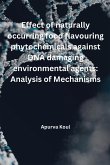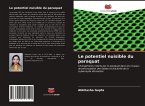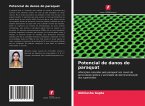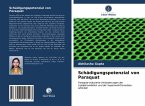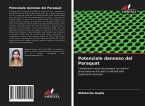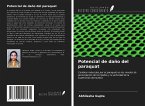Paraquat (PQ) is the most widely used herbicide in the world and found to controlling weeds in even more than 100 varieties of various crops. But the danger associated with its use is far bigger than its beneficial aspect. It is absorbed by skin, lung and gastrointestinal tract or inhaled due to their lipophilic character. Their harmful effects are thought to be mediated via cyclic reduction and oxidation process where oxygen plays a vital role as terminal electron acceptor. Detoxification system such as antioxidant enzymes exists in the body to eliminate ultimate toxicant or prevent its formation. Polymorphonuclear leukocytes (PMNs) are the most abundant circulating blood leukocytes which provide 1st line of defense against infection. The present study was undertaken to demonstrate PQ induced alterations in antioxidant enzyme activity and changes in the level of lipid peroxidation in PMNs of rat. This study will shed some light on the pathology and biochemistry of PQ toxicity and will be of great use for the students of medical science, biochemistry and to all individuals interested in the subject.



